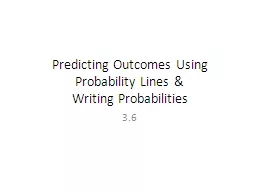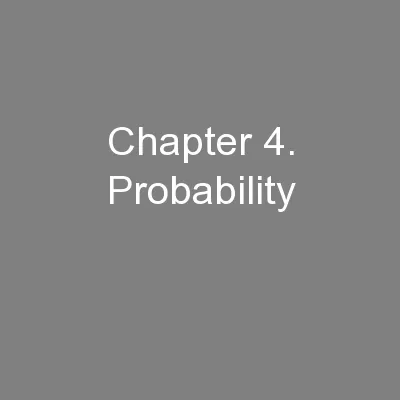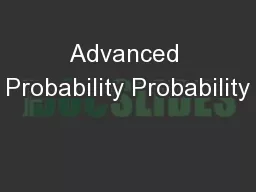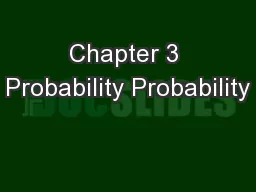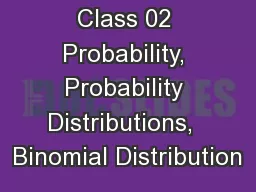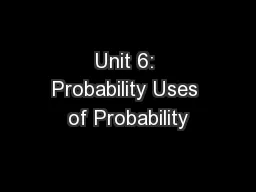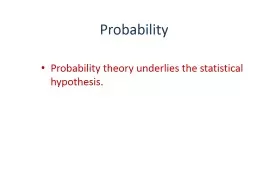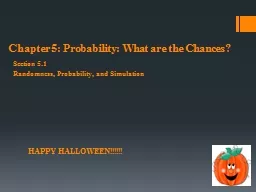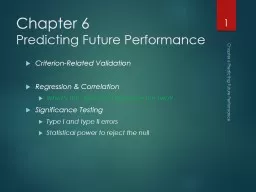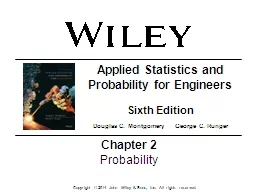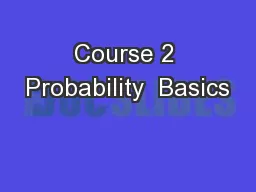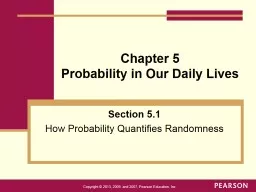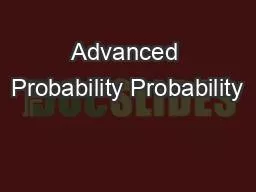PPT-Predicting Outcomes Using Probability Lines &
Author : olivia-moreira | Published Date : 2016-12-03
Writing Probabilities 36 Learning Goal Today we will learn about probability so that we can predict an outcome or several events using a probability line Well know
Presentation Embed Code
Download Presentation
Download Presentation The PPT/PDF document "Predicting Outcomes Using Probability Li..." is the property of its rightful owner. Permission is granted to download and print the materials on this website for personal, non-commercial use only, and to display it on your personal computer provided you do not modify the materials and that you retain all copyright notices contained in the materials. By downloading content from our website, you accept the terms of this agreement.
Predicting Outcomes Using Probability Lines &: Transcript
Download Rules Of Document
"Predicting Outcomes Using Probability Lines &"The content belongs to its owner. You may download and print it for personal use, without modification, and keep all copyright notices. By downloading, you agree to these terms.
Related Documents

